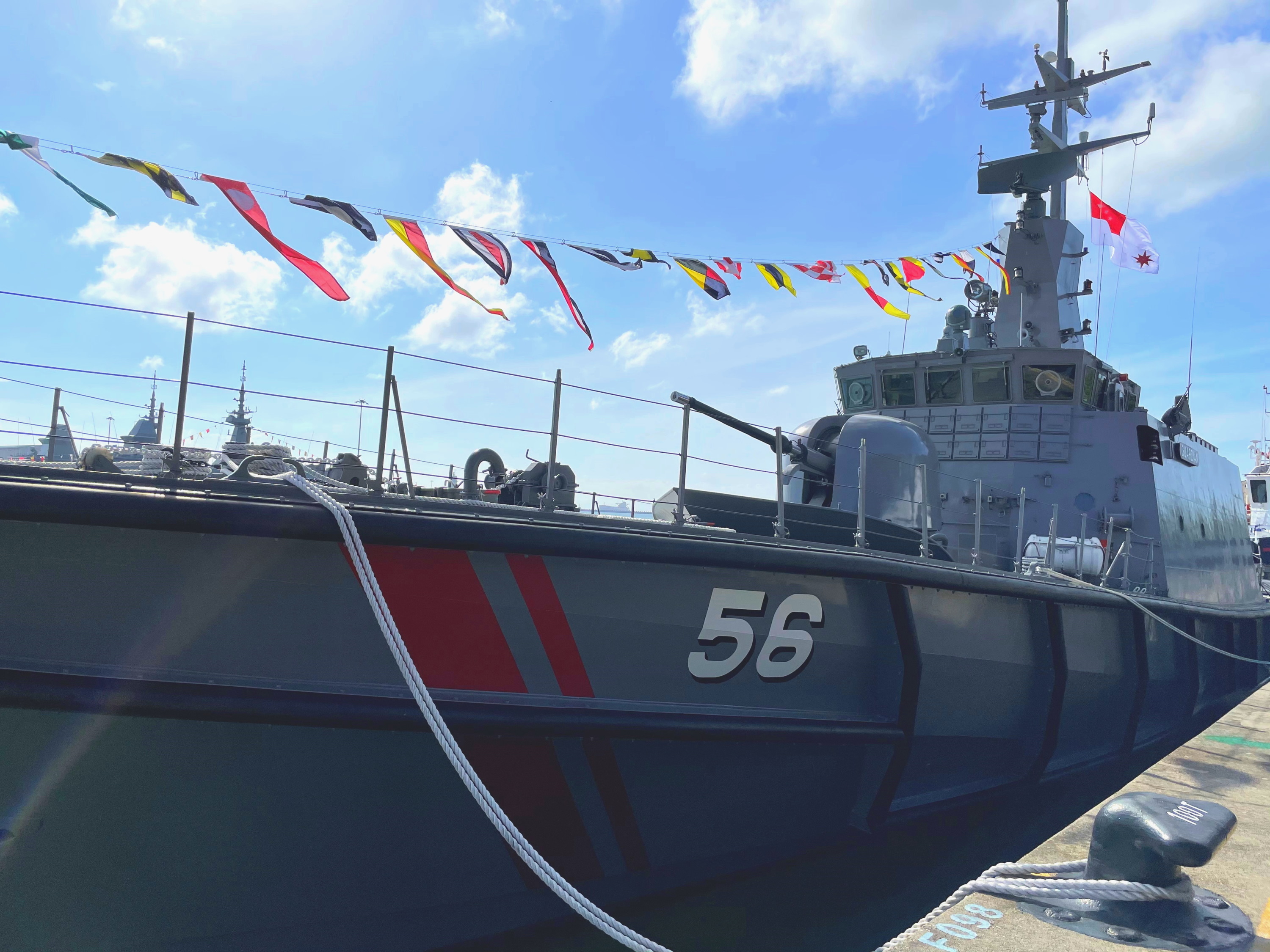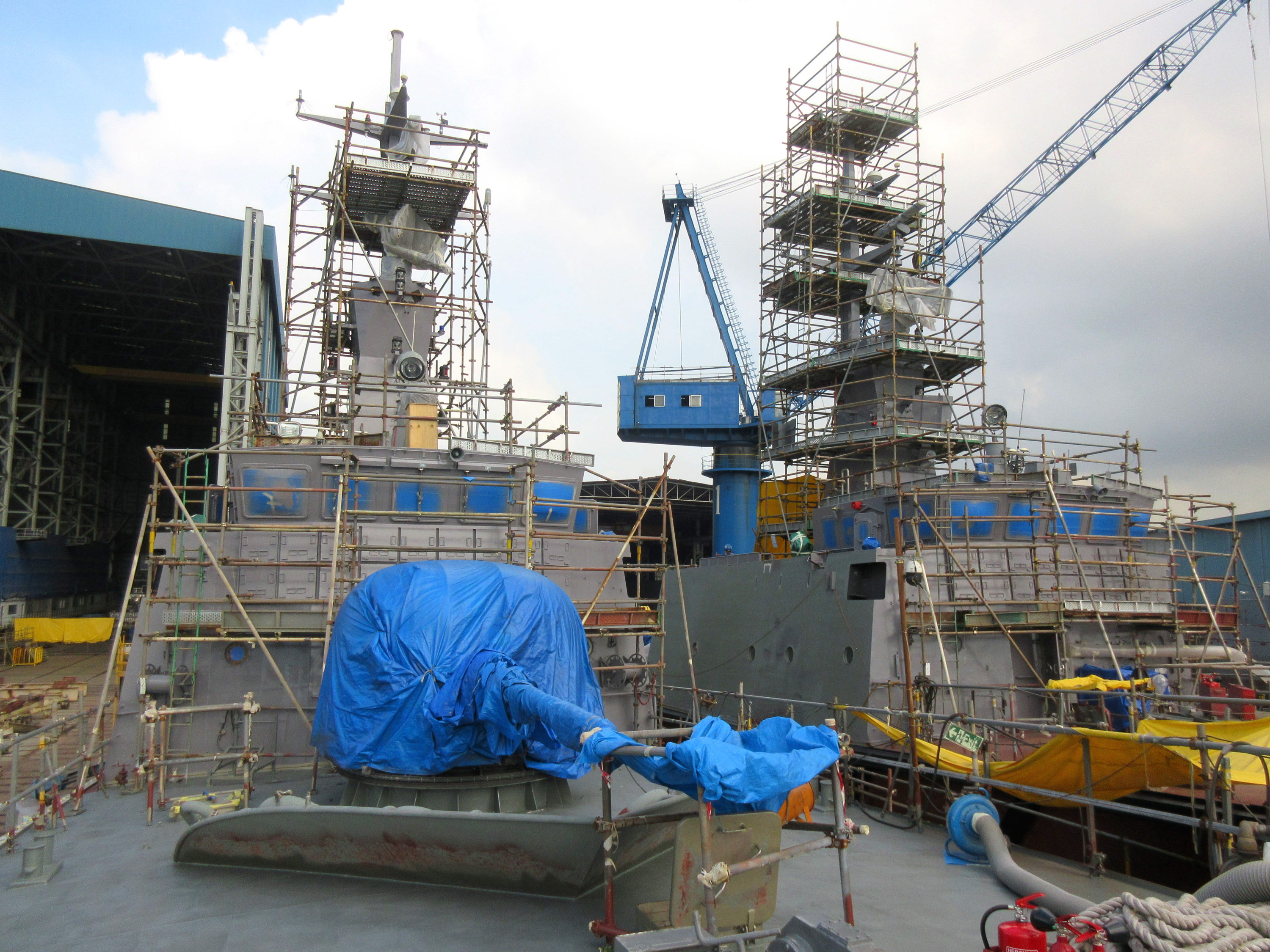31 Aug 2021
What’s a team of engineers to do when maritime security threats continue to grow in scale and complexity? Exercise their creativity to repurpose the Navy’s patrol vessels and operationalise two Maritime Security and Response Vessels rapidly with enhanced capabilities, of course.

What’s the project about?
The Navy wanted to enhance their patrol vessels to better respond to expanded maritime security threats and allow for more calibrated responses. This meant our vessels could get into close proximity of threats, so we had to provide ballistics protection for the vessels, equip them with adequate deterrence measures, and ensure they would be able to capture surveillance footages.
How did you and your team do it?
Usually, purchasing new equipment takes a substantial amount of time because there are a lot of reviews and processes involved. Leveraging our team’s earlier experiences in delivering systems to the Navy, we instead assessed the reconfiguration of existing systems for this project. We identified and obtained suitable alternatives from the SAF’s existing equipment, and integrated them onto the MSRVs. Beyond the costs savings realised, our efforts also shortened the lead time to operationalise the capability from two years to just six months!
To provide ballistics protection for the vessels, we worked closely with armour protection experts in Land Systems PC to repurpose the Army’s pillboxes, which were meant to be erected on land to protect soldiers against small arms fires. Due to space constraints, we had to explore creative ways to mount the armour plates from the pillboxes directly onto the vessel structure to maximise protection for the crew.

The MSRVs midway through their transformation!
Any challenges?
Instead of using the pillboxes’ existing frames to support the additional armour, we decided to use the existing vessel structure to provide the required support. That meant welding the armour onto the vessel structure, which was very challenging because we could not disrupt any of the vessels’ existing systems. To mount the armour in front of the bridge, we pivoted the vessel’s consoles by 45 degrees to enable welding inspections. We also made sure there were adequate safety margins for the mounting points, which were then validated through actual sea trials.
The ship’s size posed a problem as well. We had to explore every small unutilised corner in the vessel to place the electro-optical surveillance systems! That actually involved a lot of adjustments to ensure that the systems were installed securely and safely on board without obstructing its operations, so the Navy could have improved situational awareness and visual tracking capabilities.
What kept you and your team going?
We were motivated and determined to push on as we knew that our efforts would allow our sailors to carry out their duties while staying safe. The close teamwork and collaboration with our Navy counterparts also allowed us to complete our task faster and more effectively.
Anything you’d like to share with your fellow engineers?
It’s important to have the can-do spirit to innovate and strive on even in difficult situations. By being flexible and finding new ways of doing things, you can definitely overcome any challenge! With that said, I would also like to thank our management for their guidance, as well as my team of inspired and dedicated engineers!
